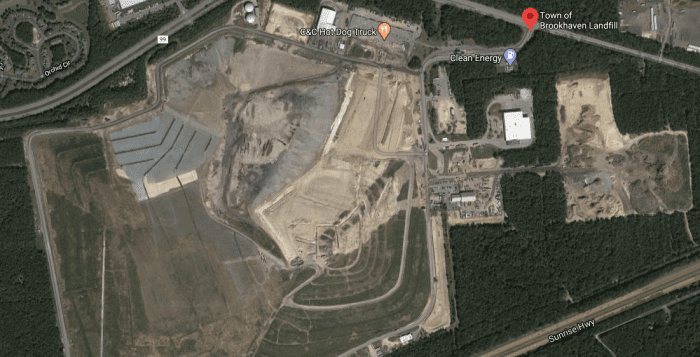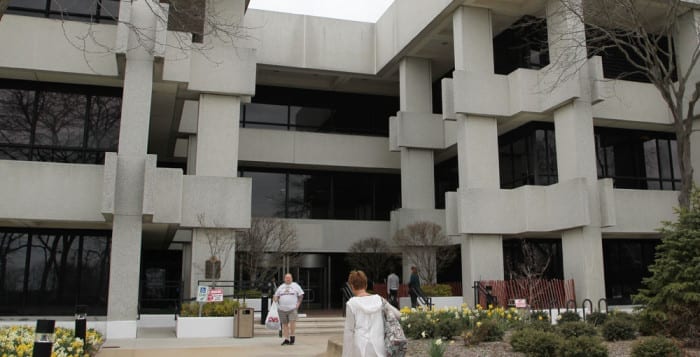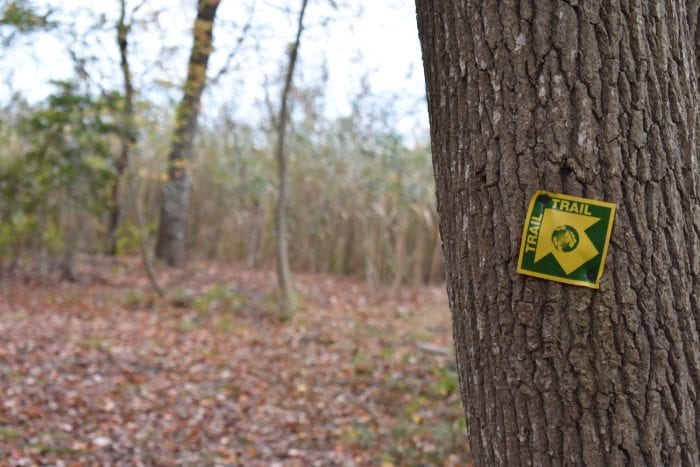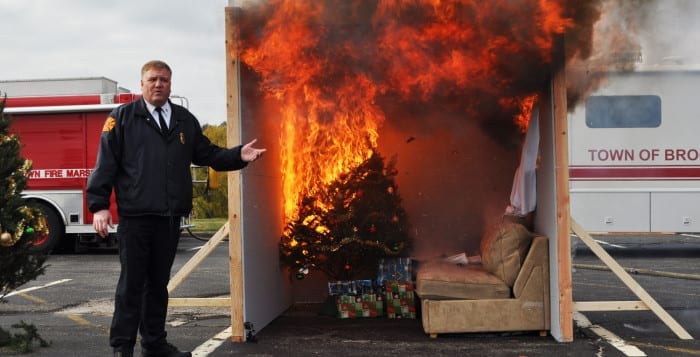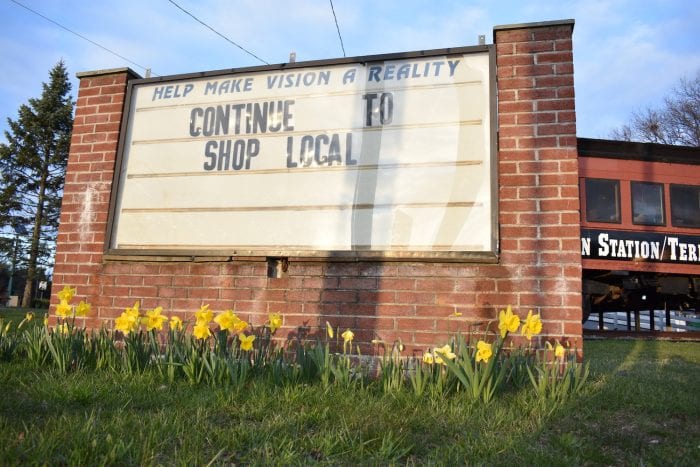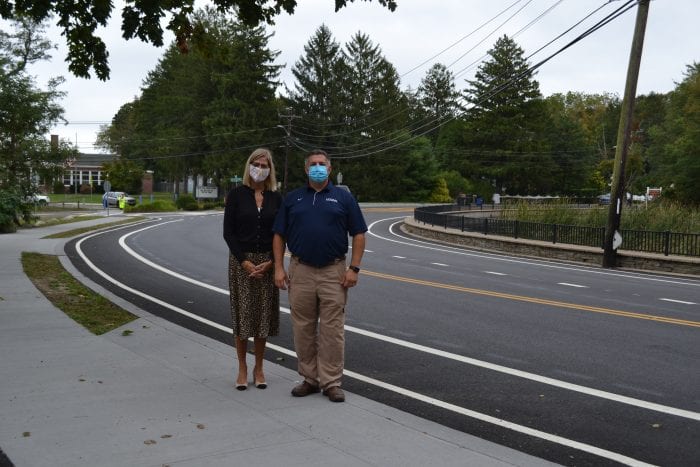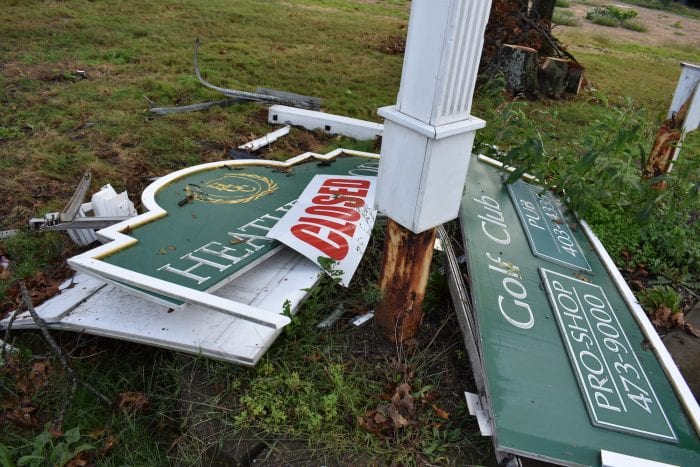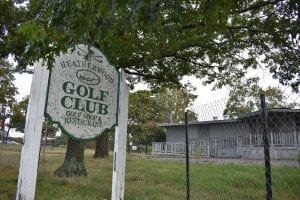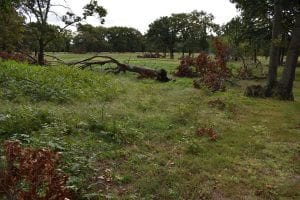Brookhaven Town is planning for a potentially long-term project that could have Islandwide impact on residents’ waste.
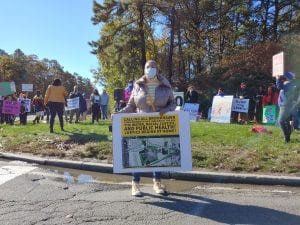
On Thursday, Nov. 19, the town announced it has issued a request for proposal for a regional ash processing and recycling facility. The town has two alternatives on the RFP, one that includes an ashfill component and the other a standalone ash-recycling facility without the ashfill. The site would be located just east of the current landfill site at 350 Horseblock Road in Yaphank.
Such a facility would not accept solid waste or construction debris. No full decision has technically been made on constructing any new ashfill, as the town is still awaiting the word on an environmental review.
The town has planned to close and cap the current landfill in 2024 and has been raising millions of dollars in a special fund for that date when it’s finally capped. Officials and experts have said the closing of the Island’s last landfill, combined with the potential closing of twin ashfills in the Town of Babylon, could create a garbage crisis on Long Island. The only options left for solid waste could be trucking it off Long Island, a costly proposition for towns that are likely to be suffering from pandemic-related expenses for years.
Currently, the Brookhaven landfill handles over 350,000 tons of ash annually from energy-from-waste facilities, in addition to handling 720,000 tons of solid waste. Each day 2,000 trucks transport waste off the Island.
Still, murmurs of the prospective ashfill site have led to controversy over the past year. Some residents and advocates have petitioned and publicly protested against the creation of any new place to dump ash, saying it will cause health issues for residents who live near the landfill.
On Oct. 31, residents and advocates protested in front of the landfill against such a new ashfill. Activists for the protest organizer, Brookhaven Landfill Action and Remediation Group, said the location of this new ashfill was especially concerning with more than half the residents of the surrounding community are Black or Latino, according to census data. Those residents have complained about odor and health issues, pointing to the landfill as the culprit.
The group called for a “regional solution” to the solid waste issue.
“We stand with the African American, Latinx, Indigenous, and working-class communities of North Bellport who refuse to continue bearing the brunt of the Town of Brookhaven’s fiscal mismanagement and lack of environmental planning,” said Monique Fitzgerald, a Bellport activist and leader of the landfill action group, in a release.
Still, Supervisor Ed Romaine (R) has also sought such regional efforts, though there is not much in the way of any one person or group stepping up to the plate.
At a Feb. 27 meeting of the Long Island Regional Planning Council about the impending solid waste crisis, business leaders, officials and regional leaders called for potentially finding other ways to ship trash off Long Island. Romaine suggested innovation in ways for residents to dispose of garbage rather than just burning or storing in landfills.

